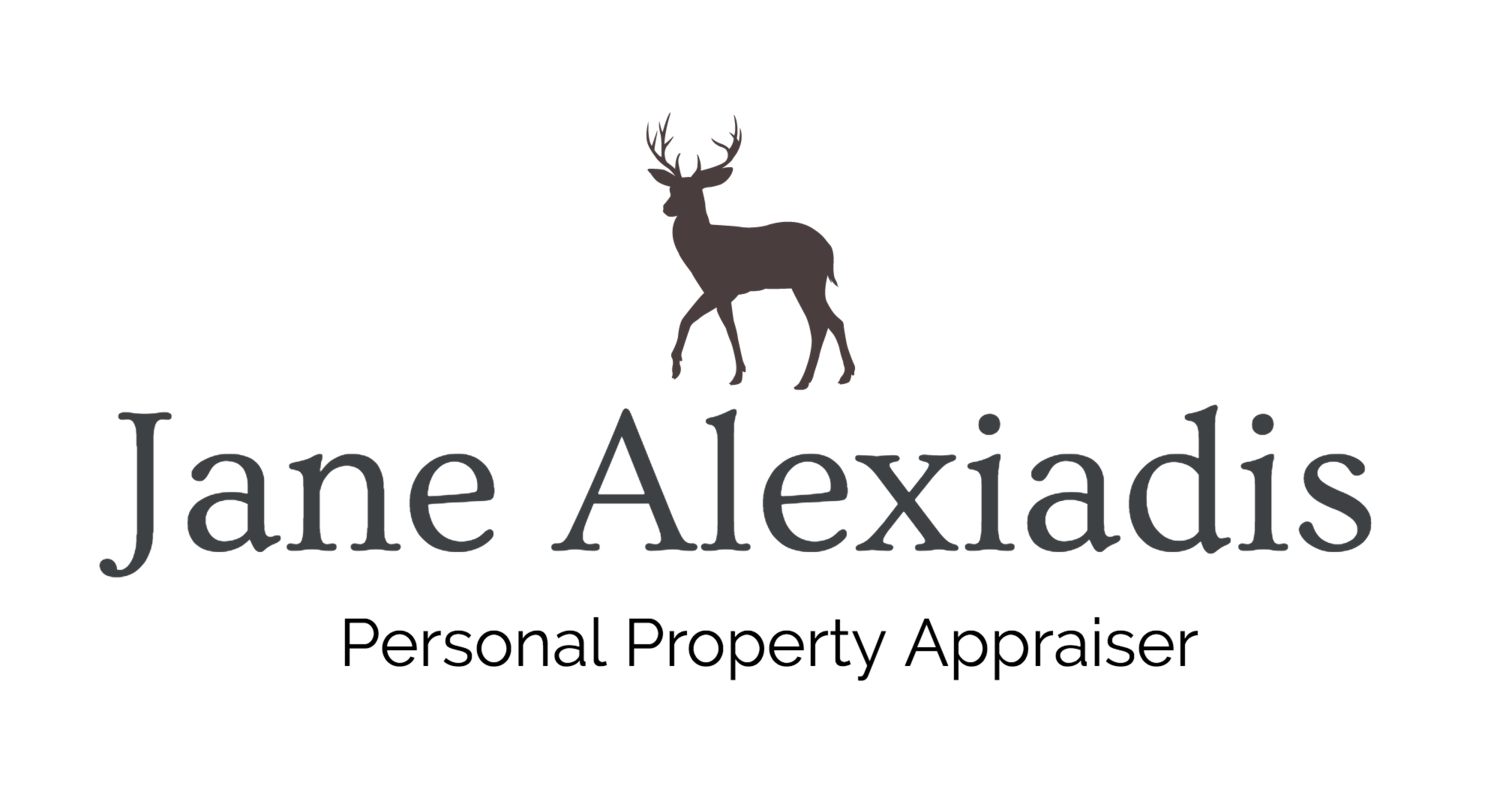While cleaning out an aunt’s estate, we found a banker box full of fancy embroidered robes and quilts. My great grandmother taught in China in China in about 1915 or 20 so we guessed that these were things she brought back with her as souvenirs.
We don’t have space to display them and don’t want to be responsible for them. Could you suggest a museum that we could give them to?
Not "Crazy" like insane! "Crazy" like shards of glass!
Christian missionaries – usually single men or married couples - began to open schools in China by the mid 19th century. By the 1920s it finally became acceptable for single women to live and work as missionaries. This was probably the time your great grandmother was there. I’d urge you to keep the collection together until you can find more information about her – letters and diaries from this period fascinate scholars.
However, I do give you permission to separate the fancy silk and velvet quilt. This is not Asian at all but may have been something your great grandmother brought with her to China as a reminder of home. This colorful throw is a Victorian Crazy Quilt (note capital letters) and it’s possible that it was made as a going away present for her.
To learn more about these quilts I contacted Julie Silber. Julie is a world-renowned quilt expert and author. First of all, she explained how the name came about. “The simple definition of a “crazy quilt” is a quilt that is composed of unrepeated shapes. Plain, fancy, and in-between, if a quilt is made of random-shaped pieces of any fabric, it is known as a Crazy Quilt.”
The term “Crazy” does not imply that the makers were bonkers: it most likely derives from pottery. During the 1876 Philadelphia Centennial Exposition, the hugely popular Japanese pavilion shocked and fascinated viewers with displays of pottery finished with glazes that “crazed” or split and cracked into glass like shards. Crazing became a craze!
While most of us think of quilts as exemplifying a house wife’s frugality, Victorian Crazy Quilts were showcases made as much for display as for warmth. Fabrics were often costly velvets and silks and many of the pieces were embroidered or painted with motifs from women’s lives. Women making these quilts could afford expensive fabrics and had the leisure time to decorate them.
Crazy Quilts were usually made by women of leisure who had time to embellish and funds to afford luxurious fabrics
Your quilt exhibits fine examples of embroidered fishing scenes and musical instruments, chenille and appliqued flowers, and painted panels and insects. While the overall aspect is random pieces feather stitched together, you can see that the quilt is actually made up of 12 distinct blocks.
Looking at each of the blocks must have delighted and comforted your great grandmother during her travels. She would have been reminded of home and of friends and of happy times. A fun project for you would be to figure out some of the motifs: was your grandmother named after one of the flowers shown in the quilt? Did she collect butterflies? Was she an adventurous explorer? Was she musical?
I hope you can learn more about her. The more you can associate the quilt with the people who made it or enjoyed it the more value it will have for your family. Most museums aren’t able to take donations like this – while each quilt is unique the form was pretty common. If you wanted to sell the quilt to a collector a fair price would be in the $300-500 range.


